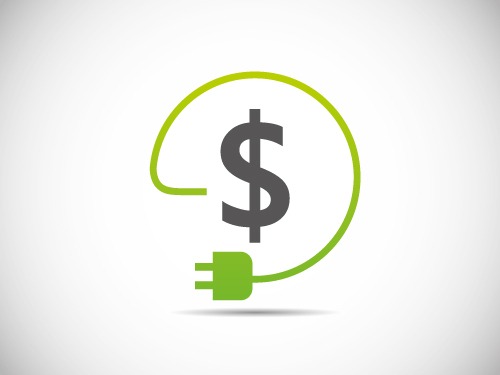Total federal government energy costs fell to lowest levels since 2004, FEMP report says

The total energy cost for the U.S. federal government to operate its facilities, vehicles, and equipment in FY2016 fell to $16.1 billion, the lowest level since 2004, according to a recent report from the Federal Energy Management Program (FEMP).
Total site-delivered energy consumption by the U.S. government also fell during the fiscal year, totaling 0.92 quadrillion British thermal units (Btu), which was the lowest on record since the agency began collecting data in FY1975.
The report found that the main contributor to lower energy costs was the share decline in per-unit energy costs. Specifically, real per-unit energy costs were $17.56 per million Btu, representing a 23 percent decline from the year prior as well as the lowest level since FY2007.
Petroleum was responsible for 63 percent of the nation’s energy consumption, falling in the general range of 63 percent and 69 percent over the past two decades. The report stated a key contributor to lower energy costs was the low crude oil prices over the past three years.
Of the petroleum-based fuels used throughout the fiscal year, jet fuel accounted for approximately 44 percent, the largest share out of any type of fuel. Further, the U.S. Departments of Defense (DOD) and Homeland Security remained the largest government- and civilian-based consumers throughout the fiscal year.
FEMP noted that the U.S. Postal Service accounted for 40 percent of the government’s total gasoline consumption in FY2016, the largest consumer of fuel outside of the DOD among federal departments.
